Most Recent Articles
-
"Uncovering the Beauty of Natural Hair: A Comprehensive Guide" Gone are the days where straight, sleek hair was the only acceptable standard of beauty. Now, more and more people are embracing their natural curls, kinks, and coils, and the term...
-
Being in the natural hair business and over 40 I've come to learn quite a bit about health, diet herbs, and even cancer (being a survivor). What I do know is not only for men but more so for African American women over...
-
"The Braided Beauty and Brain of African Culture: An Exploration of Hair, History, and Heritage" Braiding is more than just a hairstyle, it's a form of art, self-expression, and cultural heritage. For centuries, braids have played a significant role in...
-
When it comes to hair growth, African American women know - and dream - of long, thick locks that are the envy of their friends and family. But achieving this goal can often seem like a pipe dream rather than...
-
Today, we're talking about a topic that is often on the minds of many African American women: why our hair seems to grow so slowly and what we can do to fix it. First, let's talk about some of the...
-
Do you find that you are moisturizing your hair religiously, but to no avail? Have you become the ultimate product junkie in an attempt to save your strands, but nothing seemed to work? It may mean your hair has a deeper issue: Low Porosity! What is Low Porosity? The porosity level of hair determines how […]
The post How Do I Know If I Have Low Porosity Hair? first appeared on Demetrion Ware. -
The trend of wearing one's hair in its natural state has been going strong for a number of years now, and it does not appear to be going away anytime soon. On the other hand, there is a school of...
-
African American hair braiding is a time-honored tradition that has been around for centuries. There are many different styles and techniques, each with its unique purpose and history. But what is the future of African American hair braiding in America?...
-
If you're like most African American women, you've probably used hair grease to style and protect your natural hair at some point in your life. And if you're like most women, you may not have known that there...
-
African American women today tend to believe that in order to grow long hair it takes being gifted from God or some magical elixir or potion made in a lab with the complexity of Frankenstein. So the question is asked.......
-
by Demetrion Ware I remember in the 1970s when I was nearly 4 years old watching my grandmother watch "Eye Witness News" on television in Houston, Texas. She would be sound asleep so I would get up (this was before...
-
Rayning Beauty: Shows you how to get great Flexi Rod results in a crunch! Are you trying to get that flexitrod style right in your natural hair styles? Here is how you do it byNatural Hair Style Influencer Rayning Beauty
-
“This method is gaining popularity, putting it neck and neck with co-washing, and many are wondering what it is exactly. There’s no right way to do it, only a right way for each person. Like everything in your curly hair routine, follow the steps below and then tweak the method until you get the best for […]


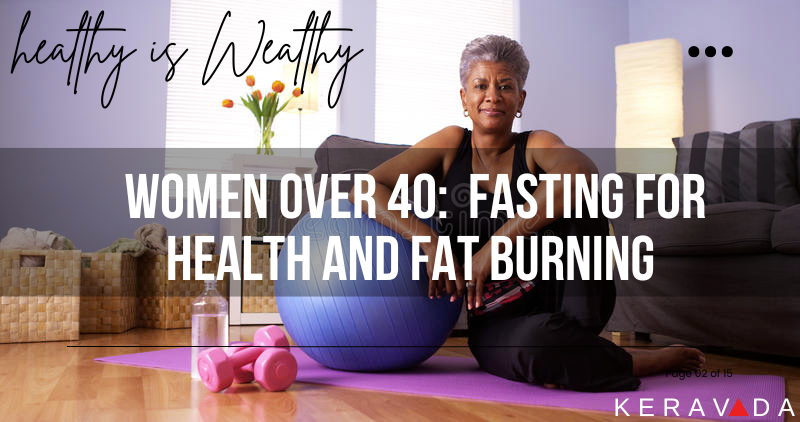
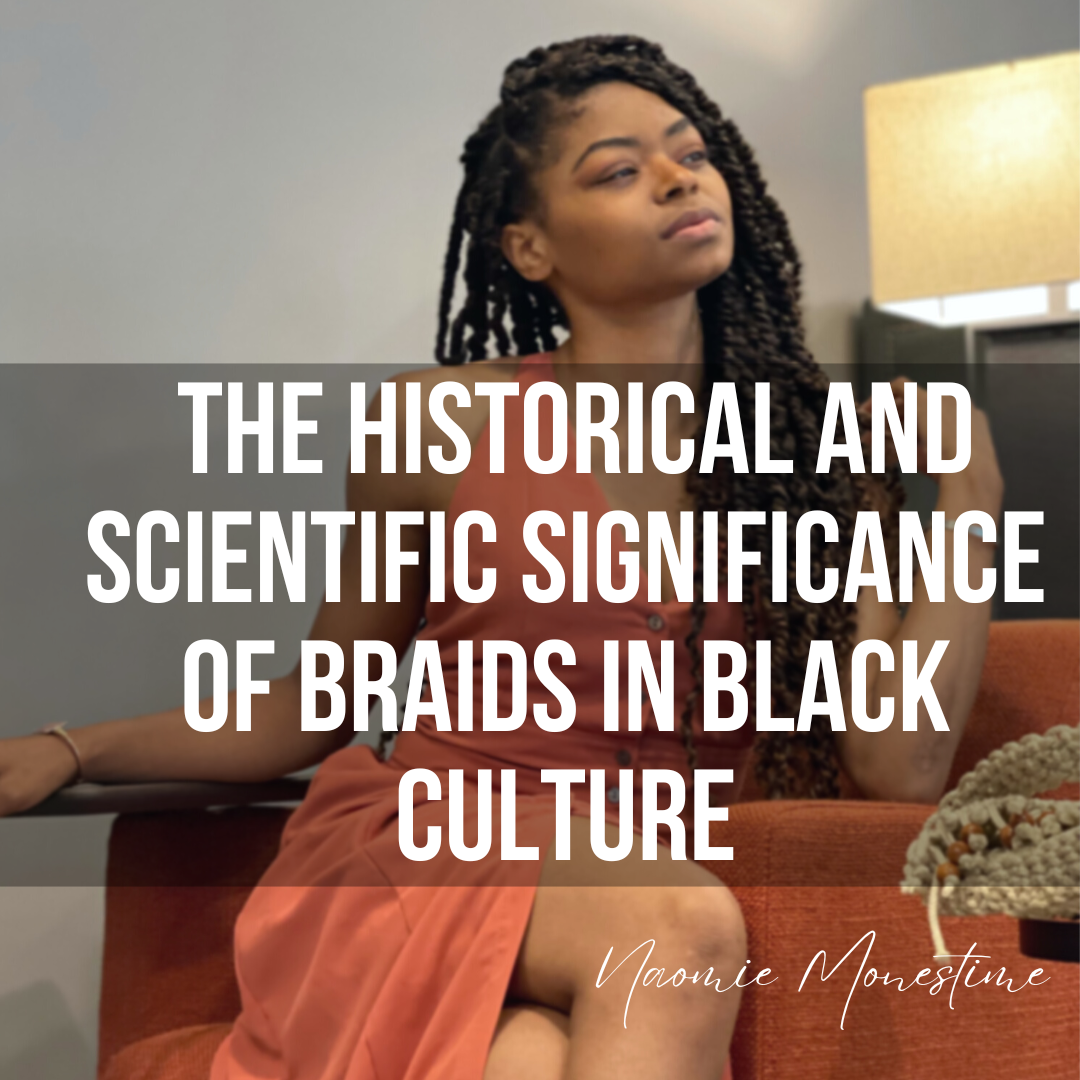
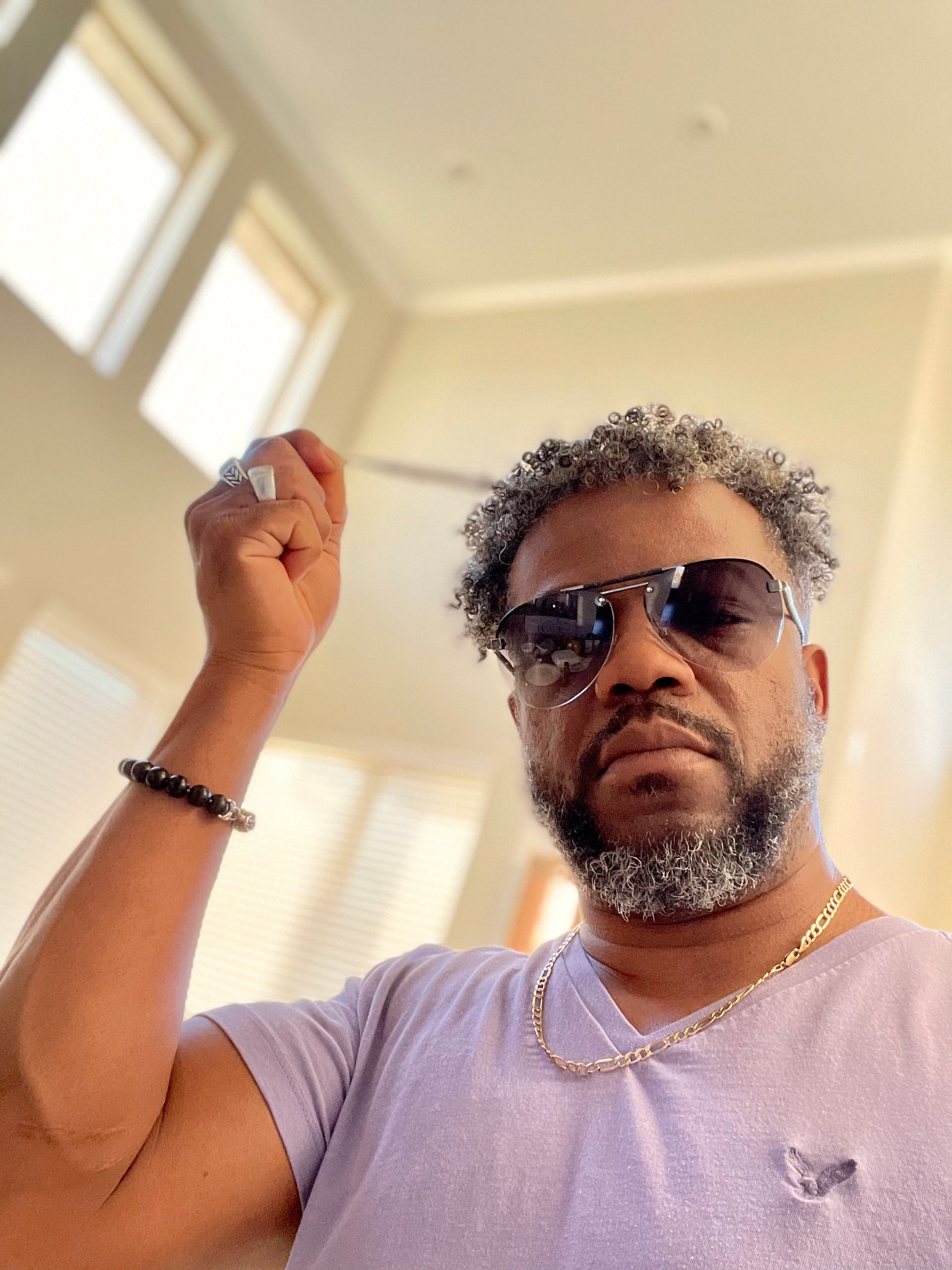
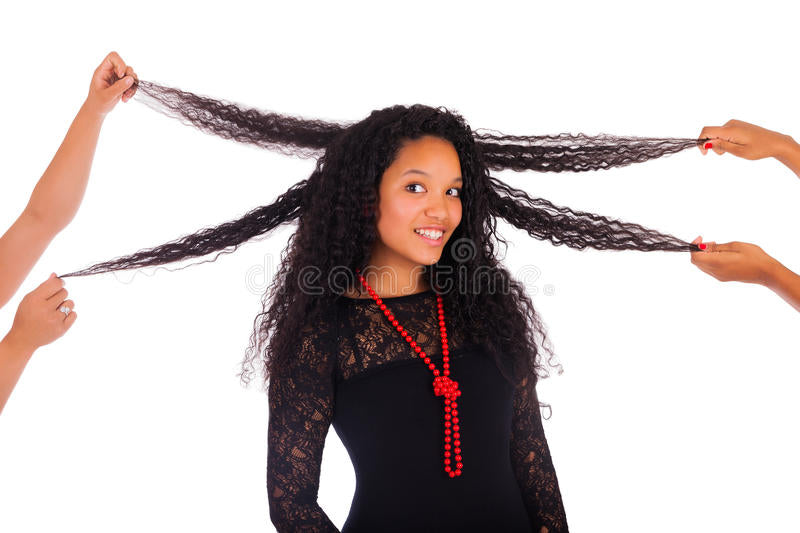
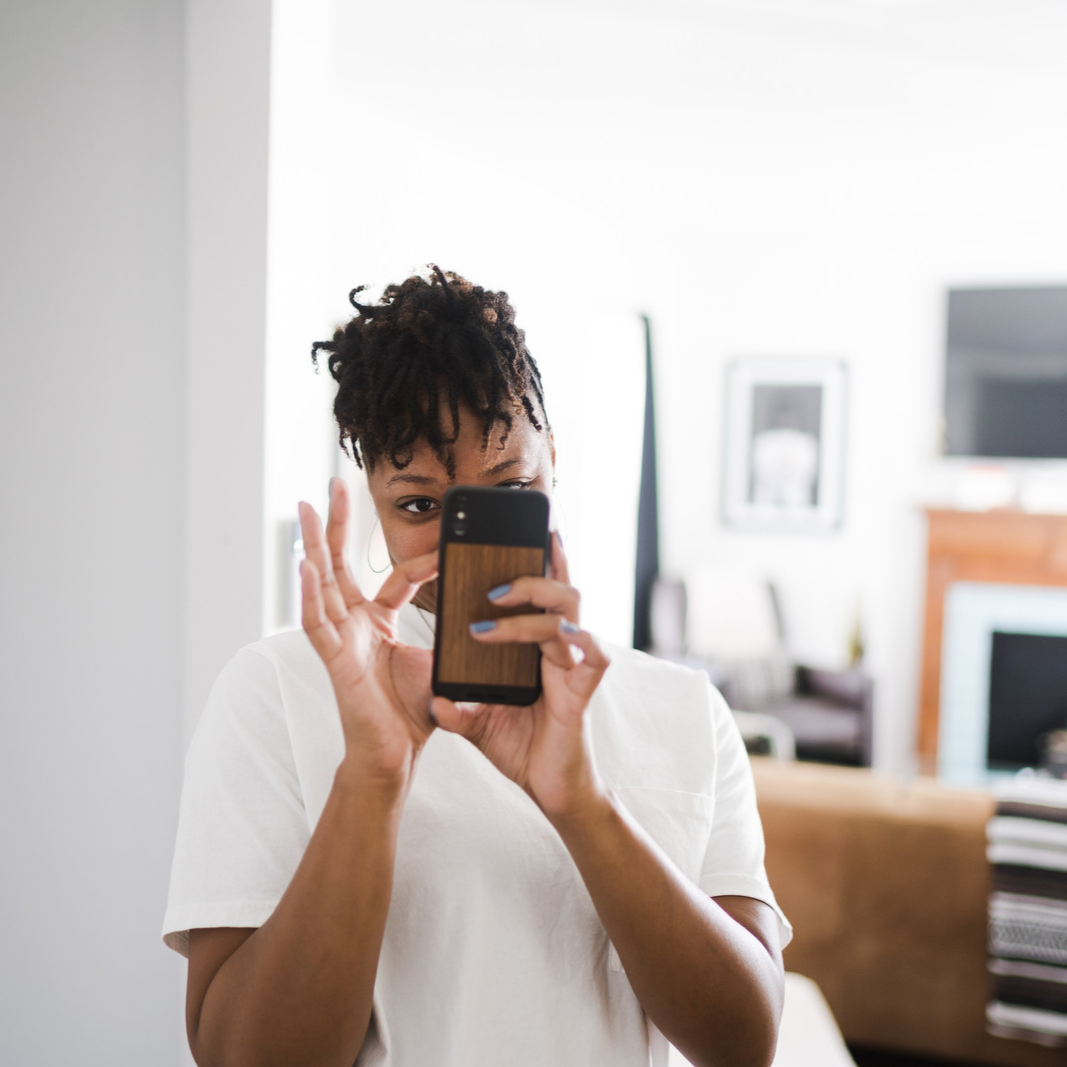



![The NUMBER 1 Reason Your Hair DOES NOT GROW! [Read Time 1 min]](http://www.keravada.com/cdn/shop/articles/african-woman-walks-towards-trees-SBI-346272330_-_Edited.png?v=1661526613&width=1920)


